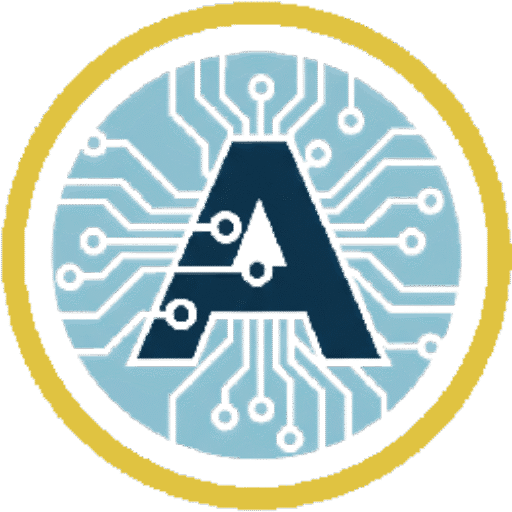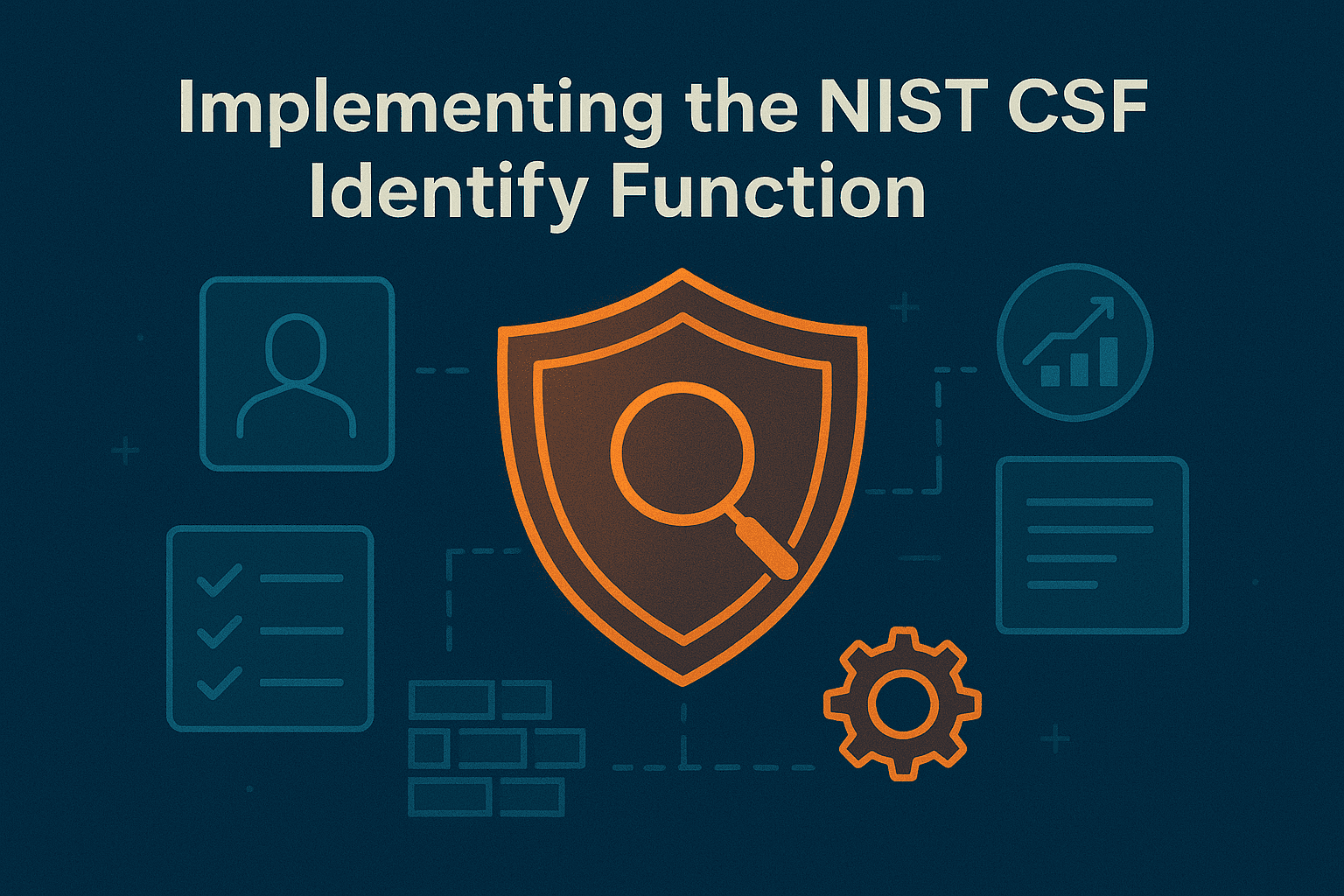The NIST Cybersecurity Framework (CSF) is the gold standard for organizing and improving a security program. The first, and arguably most critical, phase is the Identify function. This function establishes the foundational understanding of the cybersecurity risks to your systems, assets, data, and capabilities. Without a clear picture of what you need to protect and why, subsequent protective measures will be misaligned and inefficient.
Why the Identify Function is Foundational
The Identify function answers the core questions of your security strategy: What are we protecting? and What are the risks to those assets?
According to the NIST CSF, the Identify function is broken down into several categories, but the two most vital for establishing a security posture are Asset Management (ID.AM) and Risk Assessment (ID.RA). These activities transition security from a purely technical problem to a systematic risk management challenge.
1. Asset Management (ID.AM): Knowing What You Own
You cannot secure what you don’t know exists. Asset Management is the process of inventorying and tracking all organizational components that handle information. This moves beyond just hardware to include software, data, and even people.
Key Components of a Comprehensive Asset Inventory
| Asset Type | Description | Security Relevance |
| Physical Devices | Servers, laptops, mobile devices, IoT equipment. | Must be patched, secured, and retired properly to prevent unmanaged entry points. |
| Software Assets | Operating systems, applications, custom code, licenses. | Vulnerabilities in outdated software are a primary cause of breaches. |
| Data Assets | The most critical component. Includes customer PII, intellectual property, financial records, and system configurations. | Must be categorized and tagged to determine required levels of encryption and access control. |
| Personnel and Accounts | All user accounts, especially those with elevated privileges. | Directly ties into Privileged Access Management (PAM) and Multi-Factor Authentication (MFA), which are vital components of the Identity and Access Management (IAM) pillar. |
A crucial aspect of Asset Management is determining the business criticality of each asset. Assets supporting core business functions (e.g., a payment processing server) require more stringent controls than non-essential assets (e.g., a breakroom TV). This prioritization informs the entire Protect function.
2. Risk Assessment (ID.RA): Understanding Vulnerability and Impact
Risk assessment is the analytical process of identifying, estimating, and prioritizing information technology risks. It’s what transforms an asset inventory into an actionable security roadmap.
The Risk Assessment Formula
Risk is generally calculated by considering two primary factors for every threat:
![]()
- Threat: A potential cause of an unwanted incident (e.g., phishing attempt, malware, insider attack).
- Vulnerability: A weakness that a threat can exploit (e.g., unpatched software, weak passwords).
- Impact: The magnitude of harm that could result from a security incident (e.g., financial loss, reputational damage, regulatory fines).
Effective Risk Assessment involves reviewing internal logs, conducting vulnerability scans, and performing penetration testing. The outcome is not merely a list of flaws, but a prioritized matrix that dictates which risks must be mitigated immediately versus those that can be accepted or transferred. This is the mechanism that ensures resources are focused on the areas of highest potential impact.
Strategy and Compliance
The output of the Identify function directly informs several other critical strategic components:
- Governance: The risk appetite determined in the Identify phase defines the scope of required B2B SaaS compliance requirements (e.g., if you handle medical data, HIPAA compliance must be factored into your risk model).
- Future Architectural Planning: High-risk vulnerabilities often necessitate adopting robust modern architectural solutions. For instance, if lateral movement is identified as a top risk, the strategy must prioritize implementing Zero Trust Architecture (ZTA) principles to limit internal access by default.
- Response Planning: Identifying critical assets helps to define the scope of the Incident Response Plan (IRP). Knowing which systems are business-critical allows the security team to prioritize recovery efforts during an active incident.
The First Step to Resilience
The NIST CSF’s Identify function is the essential first step toward a resilient cybersecurity posture. By rigorously maintaining Asset Management and performing regular Risk Assessments, organizations gain the clarity needed to apply protective resources efficiently. This foundational knowledge is the bedrock of a sound Modern Cybersecurity Strategy and ensures that every investment in defense is aligned with the business’s actual risk profile.

